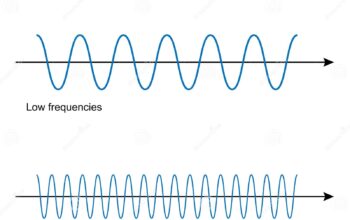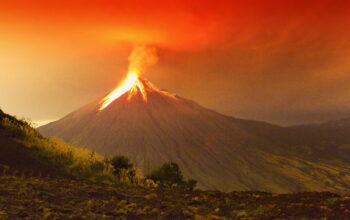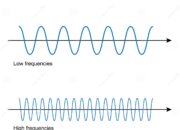The phenomenon of fervent fandom in football, characterized by vibrant displays of enthusiasm and passion, can be intriguingly examined through the lens of physics, particularly the scientific concept of solitons. Solitons are wave-like phenomena that maintain their shape while traveling at constant speeds, resulting from a delicate balance between nonlinearity and dispersion in a medium. This article will explore the parallels between the behavior of football fans and solitonic waves, encapsulating various dimensions ranging from psychology to sociophysics.
At the outset, it is essential to delineate the intrinsic attributes of solitons. In physics, a soliton is a self-reinforcing solitary wave packet that arises in certain nonlinear systems. Unlike standard waves which dissipate over time, solitons can propagate indefinitely without altering their form. This property is obtained by intricate interactions among particles, which leads to a localized energy distribution. In a similar vein, one might draw parallels between the dynamics of solitons and the collective movements exhibited by football fans during a match.
Football fans often exhibit behaviors reminiscent of solitons, particularly during critical moments in games. For instance, the gradual buildup of excitement as teams progress toward the goal can be likened to the initial formation of a soliton. The collective anticipation creates a localized ‘wave’ of cheer that gains momentum as pivotal plays unfold. When a crucial goal is scored, this energy is released in a spectacular burst of sound and emotion, mirroring the uninterrupted forward momentum of a soliton.
Psychologically, the phenomenon of ‘groupthink’ emerges when fans congregate, forming a temporary collective consciousness that can dictate behavior and emotional responses. This communion among fans enhances the shared experience, allowing for the amplification of individual enthusiasm to a collective crescendo akin to the sustained characteristics of a soliton. Fans often synchronize their vocal expressions, creating a united front that amplifies the intensity of their support, analogous to the stable propagation of solitonic waves in a medium.
Furthermore, the geography of a stadium plays a paramount role in shaping the experience of fandom, paralleling the conditions necessary for solitons to manifest. Just as solitons require specific parameters within a particular medium (such as water or fiber optics), the spatial arrangement within a stadium can influence fan behavior. The arrangement of seating, acoustics, and proximity to the field can enhance or dampen the overall energy, much as the characteristics of a medium dictate the behavior of solitons over vast distances. In more compact arenas, the energy concentration increases, which may incite a more pronounced solitonic effect, whereas in larger venues, the dispersive forces could dilute the collective sentiment.
Analyzing the phenomena from a sociophysics perspective further elucidates the complex interplay of social dynamics at play among football fans. Sociophysics, an interdisciplinary field merging social science and physics, provides a framework for understanding the collective behaviors observed in crowds. This paradigm shift allows us to quantitatively analyze the interactions among fans—treating each fan as a particle in a broader sociopolitical ecosystem. Solitons can be conceptualized as ideal representations of collective emotion surges within a fanbase, rendering them palpable during critical match moments.
Moreover, the lifetime of solitons can be compared to the ephemeral yet powerful bursts of energy observed during football matches. As the game unfolds, moments of climax—such as a near-miss, a brilliant save, or a goal—can act as catalysts for these emotional solitons. Each incitement from the field results in a refresh of the collective enthusiasm, analogous to the recurrences of a solitonic wave, which rejuvenates the collective fervor among fans. This cyclical interchange of energy is pivotal in understanding not only individual psychology but collective fan engagement as well.
The interrelation between soliton theory and fan behavior also beckons further contemplation on the implications of technology in contemporary sports fandom. Social media platforms have transformed the dynamics of interaction, heralding a new era where fan engagement can be studied at unprecedented scales. Virtualization has created global communities that can mobilize and react instantaneously, akin to solitons transmitting information across distances with striking efficiency. This digital transcendence translates local enthusiasm into a broader phenomenon, generating waves of fervor that resonate far beyond the physical confines of a stadium.
In conclusion, the intricate tapestry of football fandom provides a rich substrate for exploring interdisciplinary connections between the social sciences and physics. The parallels between the fervor of fans and the physicality of solitons offer a multidimensional investigation into collective human behavior. As society evolves, understanding these dynamics can yield profound insights into both the cultural significance of sports and the underlying physical principles that govern interaction, further blurring the lines between the empirical and experiential dimensions of fan engagement. Through this lens, one recognizes that fandom is not merely a visceral expression of loyalty; it is a complex interplay of emotional waves that, like solitons, carries forward a legacy of communal experience through the ever-evolving panorama of sports culture.











